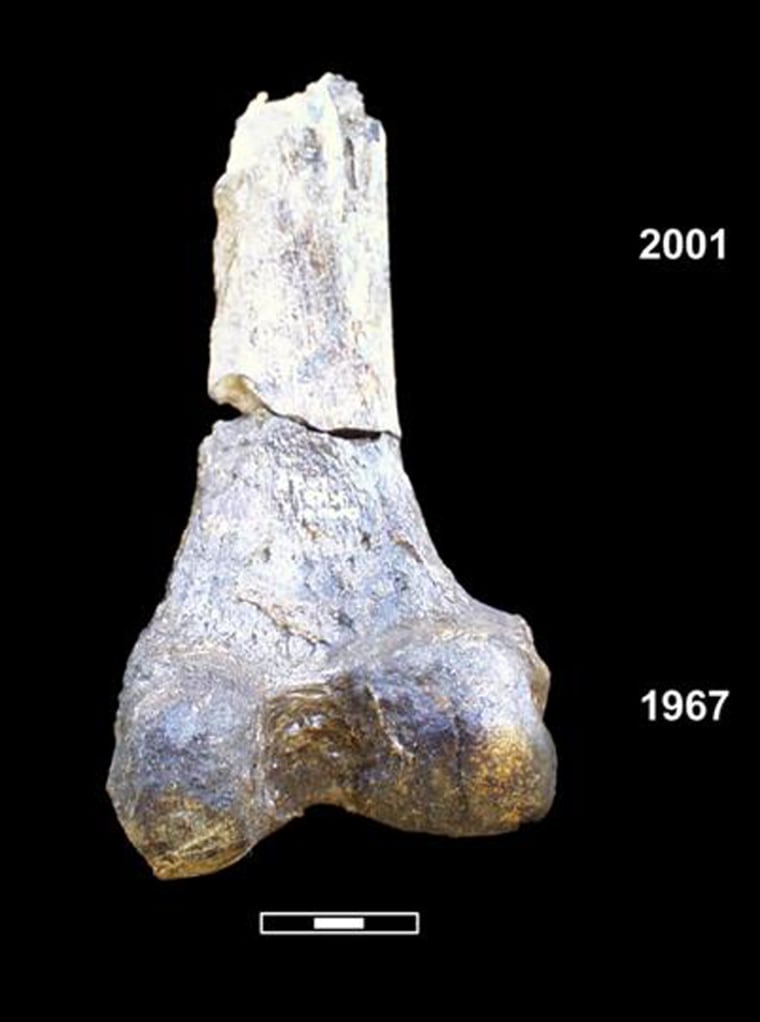A new analysis of bones unearthed nearly 40 years ago in Ethiopia has pushed the fossil record of modern humans back to nearly 200,000 years ago — perhaps close to the dawn of the species.
Researchers determined that the specimens are around 195,000 years old. Previously, the oldest known fossils of Homo sapiens were Ethiopian skulls dated to about 160,000 years ago.
Genetic studies estimate that Homo sapiens arose about 200,000 years ago, so the new research brings the fossil record more in line with that, said John Fleagle of Stony Brook University in New York, an author of the study.

The fossils were found in 1967 near the Omo River in southwestern Ethiopia. One location yielded Omo I, which includes part of a skull plus skeletal bones. Another site produced Omo II, which has more of a skull but no skeletal bones. Neither specimen has a complete face.
Although Omo II shows more primitive characteristics than Omo I, scientists called both specimens Homo sapiens and assigned a tentative age of 130,000 years.
Now, after visiting the discovery sites, analyzing their geology and testing rock samples with more modern dating techniques, Fleagle and colleagues report in Thursday’s issue of the journal Nature that both specimens are 195,000 years old, give or take 5,000 years.
Fleagle said the more primitive traits of Omo II may mean the two specimens came from different but overlapping Homo sapiens populations, or that they just represent natural variation within a single population.
To find the age of the skulls, the researchers determined that volcanic rock lying just below the sediment that contained the fossils was about 196,000 years old. They then found evidence that the fossil-bearing sediment was deposited soon after that time.
Paul Renne, director of the Berkeley Geochronology Center, which specializes in dating rocks, said the researchers made “a reasonably good argument” to support their dating of the fossils.
“It’s more likely than not,” he said, calling the work “very exciting and important.”
Rick Potts, director of the Human Origins Program at the Smithsonian Institution’s National Museum of Natural History, said he considered the case for the new fossil ages “very strong.”
The work suggests that “we’re right on the cusp of where the genetic evidence says the origin of modern humans ... should be,” he said.
G. Philip Rightmire, a paleoanthropologist at Binghamton University in New York, said he believes the Omo fossils show Homo sapiens plus a more primitive ancestor. The find appears to represent the aftermath of the birth of Homo sapiens, when it was still living alongside its ancestral species, he said.
